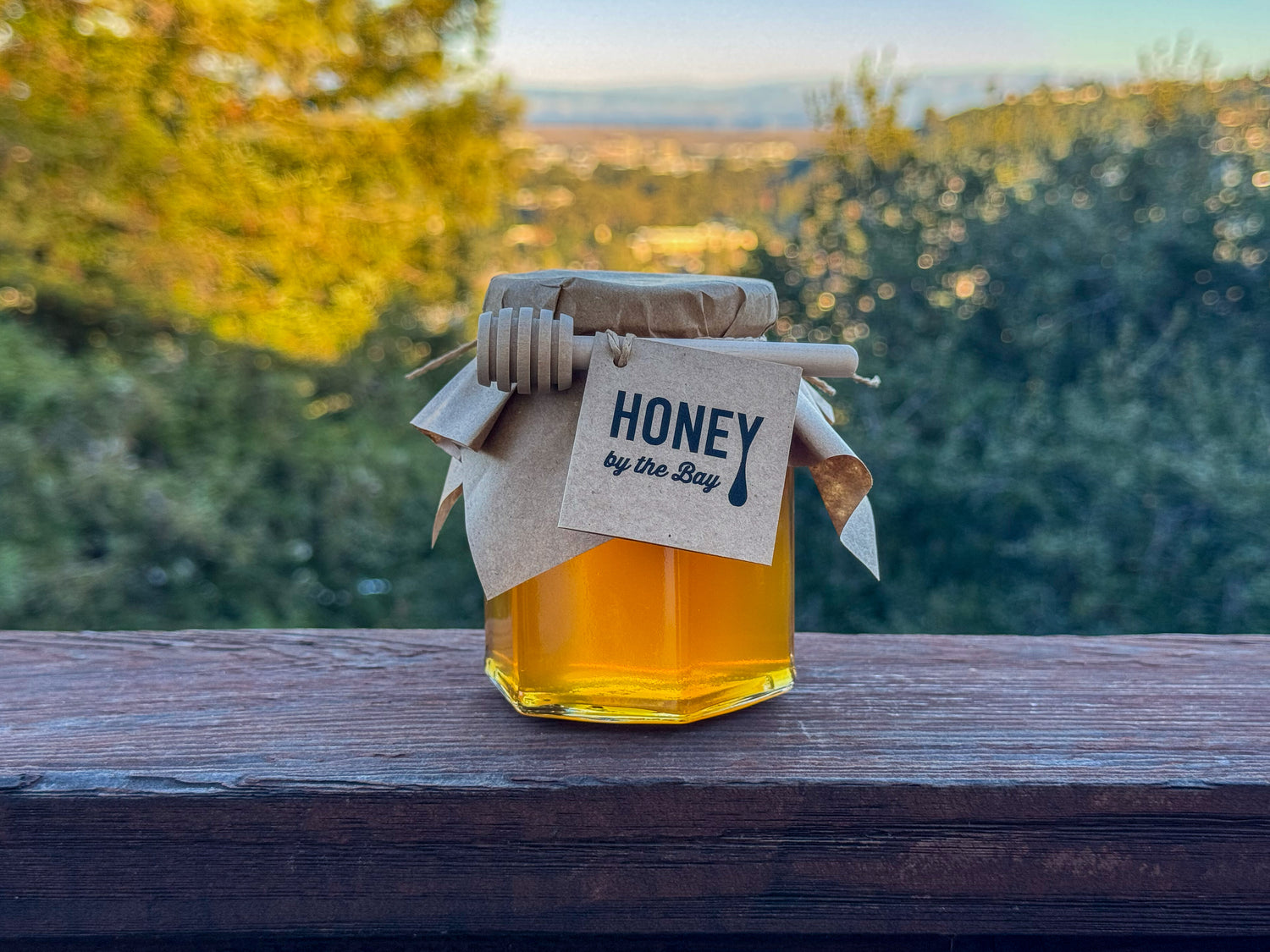Cosmetics are personal care products that are used to enhance or alter the appearance of the skin, hair, or nails. They include products such as makeup, skincare, hair care, and fragrances. When traveling by airplane, it is important to be aware of the rules and regulations regarding the transportation of cosmetics in order to avoid any issues at the airport or during the flight.
According to the Transportation Security Administration (TSA), all cosmetics are allowed in carry-on and checked bags. However, there are some specific rules and guidelines that you should follow when packing cosmetics for air travel.
One important rule to remember is that all liquids, aerosols, gels, creams, and pastes must be placed in containers that hold no more than 3.4 ounces (100 milliliters) each and must be placed in a quart-sized, clear plastic, sealable bag. This rule applies to all liquids, including cosmetics, as well as food and other items.
Some examples of cosmetics that are subject to this rule include liquid foundation, liquid eyeliner, lip gloss, and perfume. It is important to note that if you have more than one quart-sized bag of liquids, gels, and aerosols, they must be placed in a single, quart-sized, clear plastic, sealable bag.
There are a few exceptions to this rule. Medications, baby formula, and breast milk are allowed in larger quantities, as long as they are properly declared at the security checkpoint. In addition, TSA PreCheck members are allowed to bring larger quantities of liquids, gels, and aerosols through the security checkpoint without placing them in a quart-sized bag.
Other items that are allowed on airplanes but may be subject to additional screening include electric razors, personal grooming tools, and makeup mirrors. These items may be placed in carry-on or checked bags, but they may be removed from their cases for closer inspection.
It is also important to note that some cosmetics may be classified as hazardous materials and are not allowed on airplanes. Examples of hazardous materials include nail polish remover, perfumes and colognes that contain alcohol, and aerosol hairspray. It is always a good idea to check the TSA website or contact the TSA directly to confirm if a particular cosmetic is allowed on airplanes.
In conclusion, most cosmetics are allowed on airplanes, but it is important to follow the rules and guidelines set by the TSA in order to ensure a smooth and hassle-free travel experience. Be sure to pack your cosmetics in containers that hold no more than 3.4 ounces each and place them in a quart-sized, clear plastic, sealable bag. Be aware of any hazardous materials that are not allowed on airplanes, and check the TSA website or contact the TSA directly if you have any questions about the transportation of cosmetics on airplanes.

